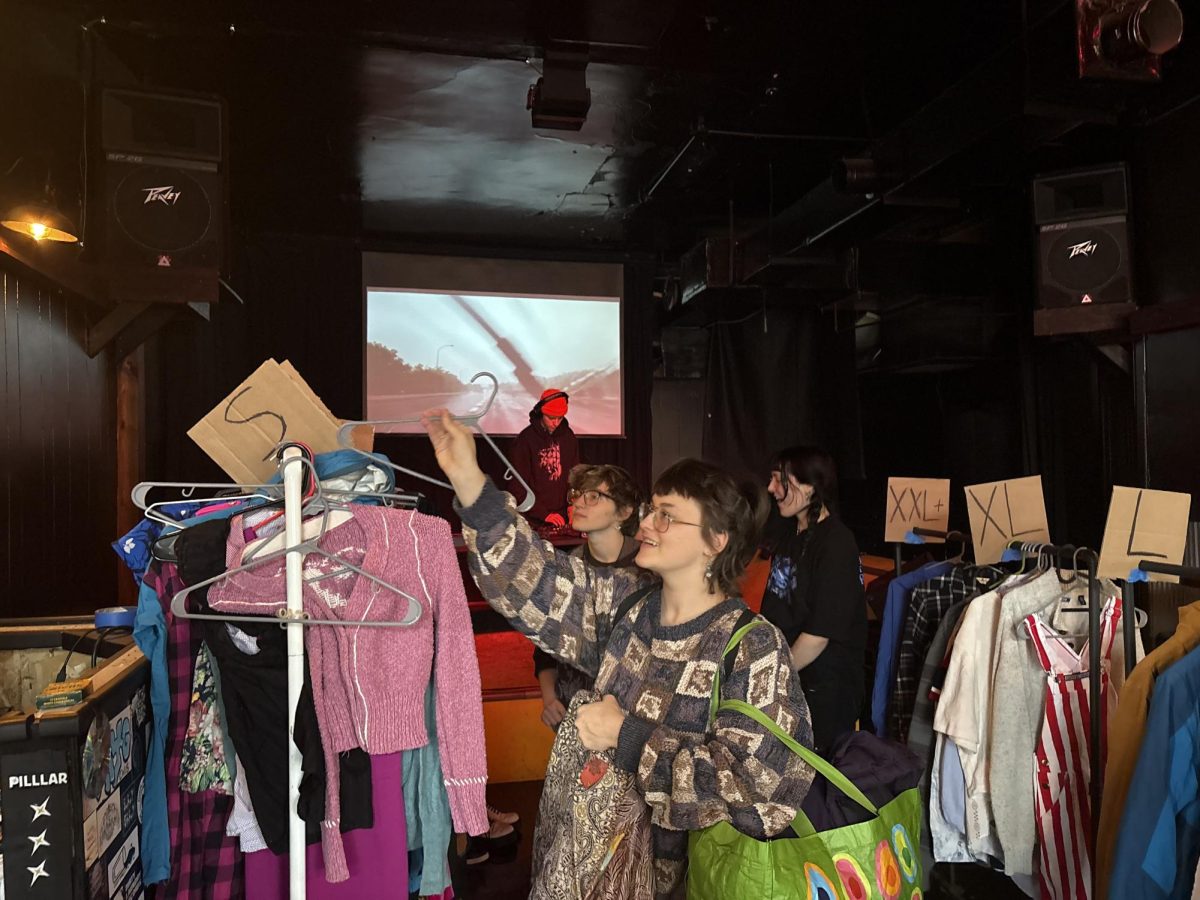Russians have a reputation as authorities on classical ballet. That reputation has had a tendency to overshadow the more contemporary dance techniques attempted. But a new movement of Russian choreographers and dance theaters created in the early 1990s has taken leaps and bounds to change that.
This week the 10-year-old International Festival of Movement and Dance on the Volga will travel to the shores of the Mississippi. The biennial event is part of an international cultural exchange project within contemporary/modern dance that has, under less favorable names in the past, frequented Russia for some time. Minneapolis-based Link Vostok and its executive director Lisa First has become a powerhouse in co-founding the group and described the festival as “a catalyst for change.”
The International Festival of Movement and Dance on the Volga is a cross-cultural dance and movement dialogue among North America, Europe, Russia and other nations. The project provides a creative environment for artists from different nations to engage in the shared world of dance.
Understanding the importance of our bodily motion and nonverbal communication, whether in daily life or on the stage, has always been a benefit of dance theater. For both spectators and performers, the first source in understanding who we are comes through viewing events outside our common experience. In this way, viewing alternative processes of movement can be creative also. At the core, people can investigate and challenge their ideas of motion against the discipline of the dancers. Likewise, embracing the diversity of other cultures helps society operate effectively.
According to the organization’s Web site, the aim is not merely to showcase talent, but to “encourage diversity through artistic cooperation.” The Mississippi/Volga Dance Exchange Project is, in today’s “current context of international tension and political instability, an important means of developing tolerance,” the group says.
Several Russian dance groups will present original performance pieces and new work developed in collaboration with local choreographers. Twin Cities-based Cathy Young Dance, St. Petersburg- based Iguana Dance Theatre and Kannon Dance, and Moscow-based Saira Blanche Theatre and Performance Duo will explore a variety of themes and ideas through postmodern and contemporary choreography, contact improvisation and jazz dance techniques.
Audiences can expect their conventional notions of space and kinetics to be subverted. Dancers don’t merely move in space, they reinvent it as it instructs them. A Web site for the Iguana Dance Theatre informs its readers that a dancer is “a tool transforming the imagination of the spectator away from the world and flesh in which he is doomed not only to live, but thought he controlled.”
A theater production of any kind promises both creativity and risks, not only for the performers but for the spectators as well. The audience’s participation is an essential variable for getting the right synergy in performing arts. For spectators willing to take a gamble in the dance of dynamic creation, within these performances frolic an indefinite number of possibilities. And isn’t that what live performance is all about?







